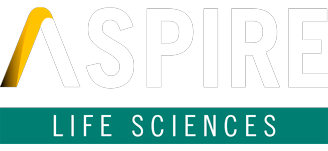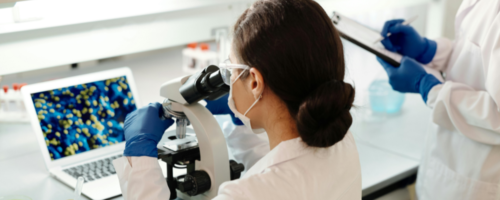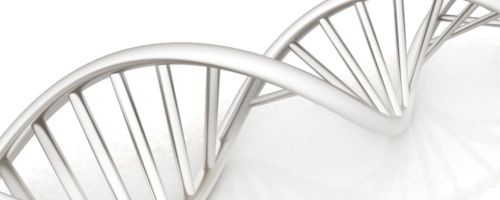Stripping software engineering back to basics: Why not everything needs AI.

In the current tech climate, it can feel like every product pitch, investor deck, and job description has one thing in common: Artificial Intelligence. AI is the buzzword of the decade, promising to revolutionise everything from diagnostics to drug discovery. But in BioTechand MedTech, where reliability, safety, and compliance are non-negotiable, is AI always the right answer?
The truth is, some of the most impactful software solutions in our industry are built on strong, well-engineered foundations—without a machine learning model in sight. As a recruitment consultant specialising in software engineering at the intersection of life sciences and technology, I see first-hand how “AI-first” thinking can sometimes overshadow the fundamentals that make great products work.
Here are three reasons why stripping software engineering back to basics can be the smarter choice for many life sciences companies.
Regulatory compliance starts with clarity, not complexity.
For medical device software, Software as a Medical Device (SaMD), and BioTech R&D platforms, the regulatory environment is unforgiving. ISO 13485, IEC 62304, and FDA guidance all demand rigorous documentation, verifiable testing, and reproducible outcomes.
AI models—particularly those that are adaptive—can be difficult to validate and explain, introducing potential roadblocks in approval processes. By focusing on clear, deterministic software design, companies can navigate compliance more efficiently while maintaining the transparency regulators require. In many cases, a clean, rule-based algorithm can outperform a “black box” model simply because it’s easier to verify.
Stability and reliability drive clinical confidence.
Healthcare providers, researchers, and clinicians need tools they can trust—every time. Predictability is often more valuable than novelty. If your imaging software, diagnostics platform, or lab automation system works flawlessly with traditional engineering methods, introducing AI for the sake of trendiness can risk introducing instability.
Some of the most successful MedTech and BioTech software products today are those that prioritise robustness and reproducibility over algorithmic complexity. A reliable user interface, consistent performance under load, and minimal downtime can be far more meaningful to end-users than a model trained on a flashy dataset.
Talent pools are richer in core skills.
While AI specialists are in high demand (and often in short supply), the pool of engineers with deep expertise in embedded systems, real-time control, imaging pipelines, and compliant software architecture is far broader. By focusing on foundational skills, companies can hire faster, onboard more effectively, and build cohesive teams who can deliver without the steep learning curve that bleeding-edge AI development often requires.
This doesn’t mean avoiding innovation—it means placing the right people in the right roles to build products that are sustainable, maintainable, and scalable over time.
The takeaway.
AI has an important role in life sciences innovation, but it’s not the only—or always the best—tool in the box. For many companies, focusing on the fundamentals of good software engineering can lead to safer products, faster regulatory approval, and stronger trust from both users and stakeholders.
If you’re scaling a team or exploring your next career move in this space, it’s worth asking: is AI the right tool for the job, or could going “back to basics” deliver better results?
So what next?
In a world chasing the next big algorithm, real success often comes from rock-solid engineering. If you’re a life sciences leader building compliant, reliable, and scalable software or a talented engineer who knows the power of getting the fundamentals right, let’s talk. Contact Julien Funes today to connect with the people and opportunities that value clarity over complexity, and results over hype.





Leave a Reply